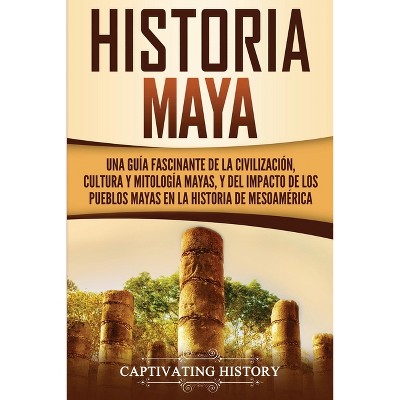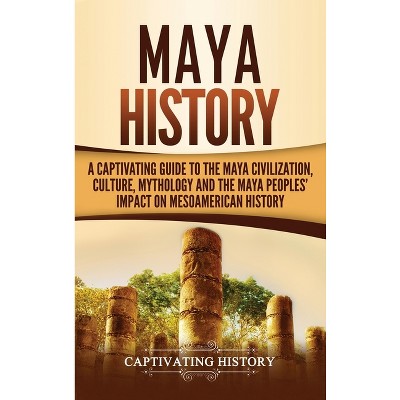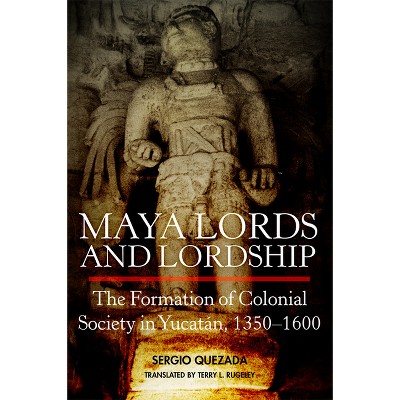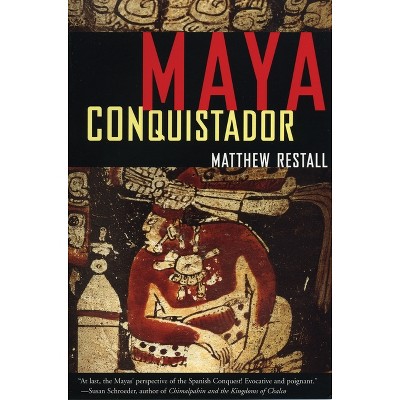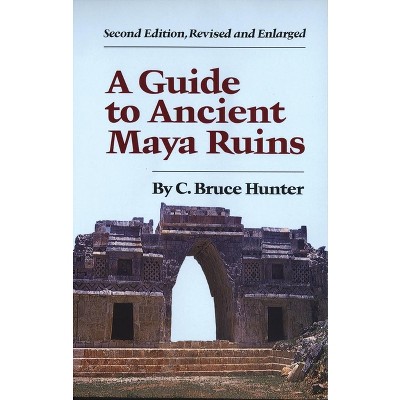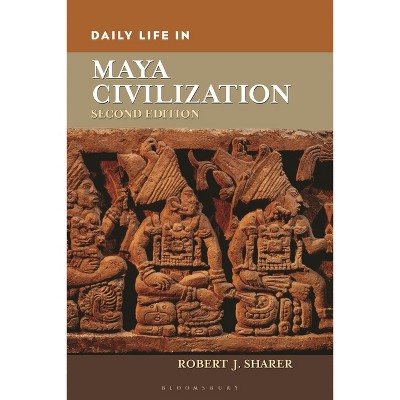Maya and Spaniard in Yucatan, 1648-1812 - by Robert W Patch (Hardcover)

About this item
Highlights
- A study of the development of human society in Yucatan during the colonial period, this book poses a challenge to a variety of accepted views, including the notion that Yucatan was largely isolated from the main part of Spain's New World empire and thus from international markets and the world economy - an isolation often cited as the principal reason for the extended survival of indigenous culture in the region.
- Author(s): Robert W Patch
- 344 Pages
- History, Latin America
Description
Book Synopsis
A study of the development of human society in Yucatan during the colonial period, this book poses a challenge to a variety of accepted views, including the notion that Yucatan was largely isolated from the main part of Spain's New World empire and thus from international markets and the world economy - an isolation often cited as the principal reason for the extended survival of indigenous culture in the region. In the seventeenth and eighteenth centuries, Yucatan society was composed of both Maya and Spanish commonwealths, each with its own economic, social, and political organization. This book represents several new departures, both for what is known about colonial Yucatan and for colonial Latin American history in general. It forces the reader to rethink much of the received knowledge about acculturation, the hacienda, and inter-regional relations.
From the Back Cover
A study of the development of human society in Yucatan during the colonial period, this book poses a challenge to a variety of accepted views, including the notion that Yucatan was largely isolated from the main part of Spain's New World empire and thus from international markets and the world economy - an isolation often cited as the principal reason for the extended survival of indigenous culture in the region. In the seventeenth and eighteenth centuries, Yucatan society was composed of both Maya and Spanish commonwealths, each with its own economic, social, and political organization. The limitations posed by the environment contributed to the survival of Maya society, and restricted Spaniards mostly to colonial mechanisms - tribute, religious taxation, and forced commerical exchange - for acquiring wealth from the Maya peasant communities. The colonial system gradually incorporated the Maya into the world economy, but because it relied on already-existing structures of production, it did not destroy the basis of the Maya economy and society. In the late eighteenth century, Yucatan society was transformed by demographic growth and the opening of markets abroad. Early colonial cattle ranches became haciendas producing goods for the growing cities and the expanding world economy. The new landed estates also came to have large resident populations of workers and renters. At the same time, the growing mixed-race population in the countryside - descendants of Spaniards, Maya, and Africans - evolved into a society of small farmers distinct from both the Maya peasants and the large estate owners. Because of these developments, the Maya peasantry declined in western Yucatan though itretained its preeminent position in the east. The late-colonial social structure thus became variegated and complex, and the socioeconomic structure ceased to be based on the colonial mechanisms of surplus extraction. Economy and society in Yucatan were becoming neo-colonial even before Mexican independence.Shipping details
Return details
Trending Non-Fiction






